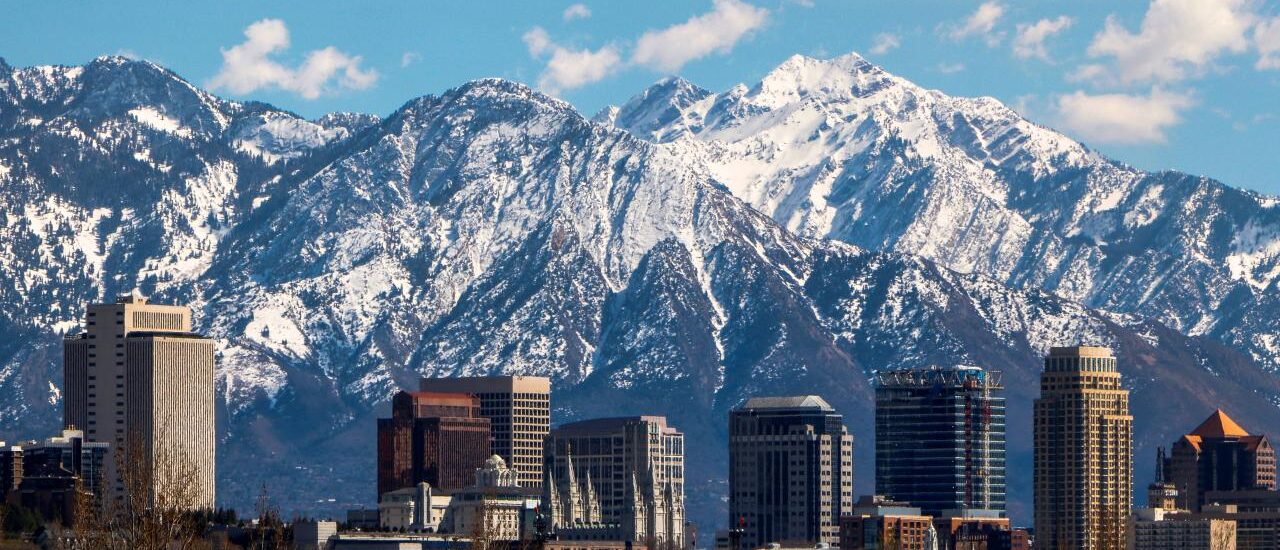Welcome to Salt Lake City’s crowning jewel of culture and history—the Utah State Capitol. Nestled on a hill overlooking the city, it’s more than just a government building; it’s a monument to Utah’s rich past and vibrant present. Let’s take a journey through the corridors of time to uncover the stories that echo within these walls.
The Utah State Capitol was completed in 1916, a testament to the neoclassical revival style that was all the rage during that era. Designed by Richard K.A. Kletting, a prominent architect of his time, the building is adorned with beautiful murals and intricate designs that reflect the diverse cultural heritage of Utah. But its story begins long before the first stone was laid.
Utah’s journey to statehood was a long and challenging one. Initially settled by Mormon pioneers led by Brigham Young in 1847, Salt Lake City became the heart of the Utah Territory. For nearly half a century, the struggle for statehood continued amidst religious tensions and political hurdles. Finally, in 1896, Utah was admitted as the 45th state of the United States, paving the way for the construction of this grand capitol.
Over the years, the Utah State Capitol has witnessed many significant events. During the Great Depression, it was a hub of activity as New Deal programs were discussed and implemented here. In the 1960s, it became a focal point for civil rights discussions, reflecting the changing social fabric of America. Each event has left an indelible mark on its history, making it a living chronicle of Utah’s evolution.
Several notable figures have walked these halls. Brigham Young, the pioneer leader, is a name synonymous with Utah’s founding. His vision laid the foundation for what would become a thriving state. Another influential figure is Martha Hughes Cannon, the first female state senator in the United States, who served Utah with distinction. Her legacy continues to inspire generations of women leaders.
As you explore the Capitol today, take a moment to appreciate its role in the broader context of American history. From its stunning rotunda to the original murals depicting pivotal moments in Utah’s past, each element tells a story. The building has undergone renovations to preserve its splendor for future generations, ensuring that it remains a beacon of history and culture.
In the present day, the Utah State Capitol stands as a symbol of democracy and governance, hosting legislative sessions and civic events. Its beauty and historical significance draw tourists and locals alike, eager to delve into Utah’s rich tapestry of stories.
So, as you stand here today, remember that you’re not just looking at a building. You’re witnessing a piece of history that continues to shape the future, a testament to the resilience and spirit of Utah.






